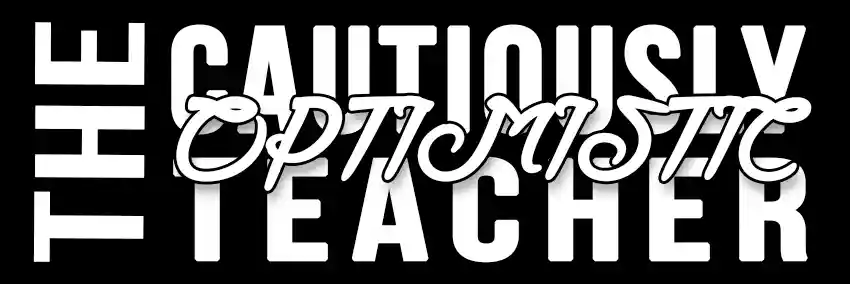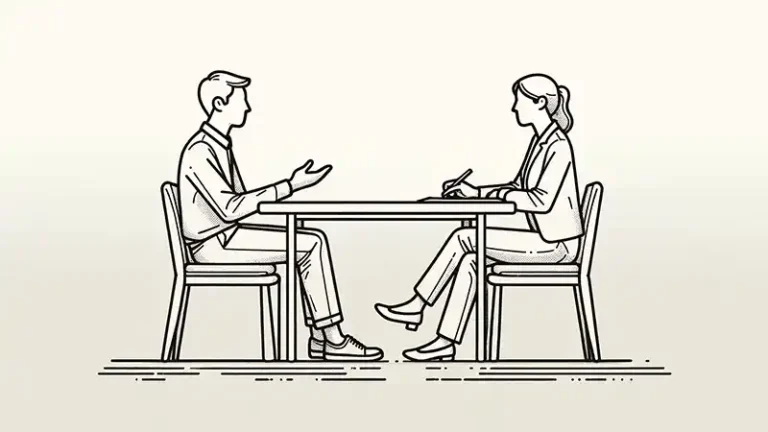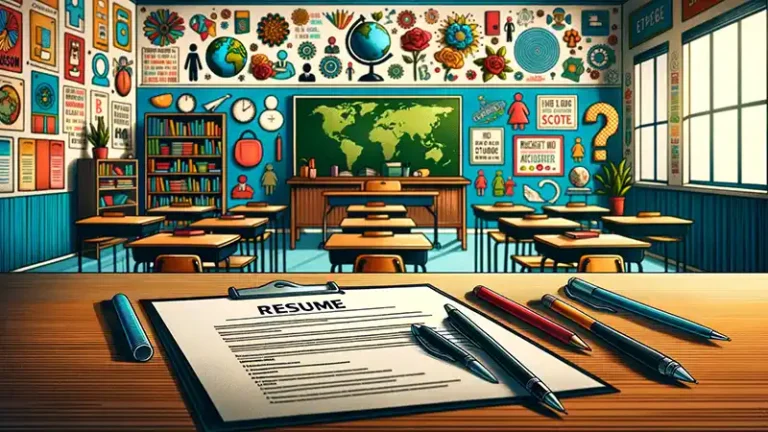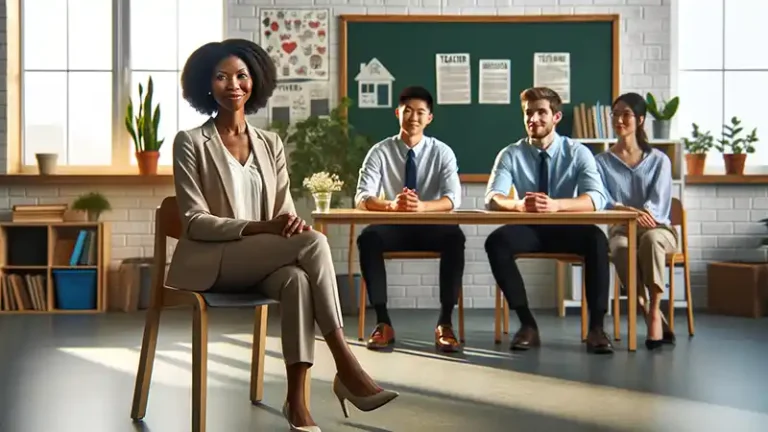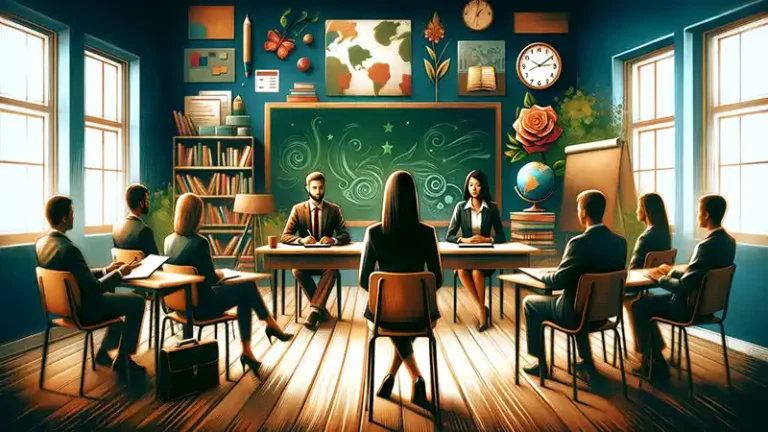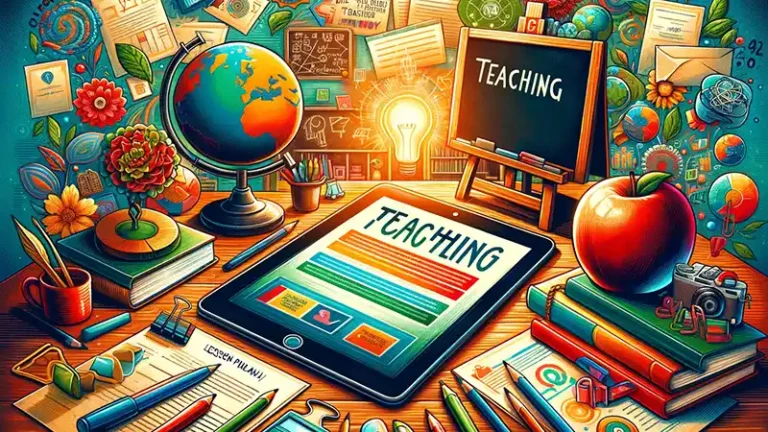Discussing Teacher Strengths and Weaknesses in an Interview
One of the cornerstones of effective teaching is self-awareness. Knowing our strengths and understanding our weaknesses as teachers is a good idea for the interview process, and it forms the bedrock of genuine growth in the teaching profession. When we’re in tune with our capabilities and areas that require attention, we can create a more tailored and responsive educational environment for our students. This article aims to be a teacher interview guide to help identify and articulate these teacher strengths and weaknesses, ensuring you make a lasting impression in your interviews and embark on a journey of self-improvement throughout your teaching career.
Importance of Identifying Your Greatest Strength as a Teacher
Good teachers have a unique blend of talents and qualities that make them stand out. Recognizing these strengths isn’t about boasting but rather about understanding how we can best serve our students. Let’s look at the advantages of this awareness and some common strengths among great educators.
Benefits of Recognizing and Leveraging Your Strengths
Maximized Potential: When we’re aware of what we excel at, we can focus our energy in those areas, creating a richer and more effective teaching experience for our students.
Boosted Confidence: Being cognizant of our strengths gives us the confidence to tackle challenges head-on. This confidence can resonate in the classroom, encouraging students to believe in their abilities.
Enhanced Job Satisfaction: Teachers who play to their strengths often find more joy and satisfaction in their roles, leading to longevity and reduced burnout in the profession.
Examples of Common Teacher Strengths
Patience: The ability to remain calm and persistent, even when students are struggling or when there are disruptions in the learning environment.
Adaptability: Great educators can pivot when needed, adjusting their methods based on the unique needs of their students or the situation at hand.
Enthusiasm for the Subject Matter: An infectious passion for what they teach can inspire students to engage more deeply with the material.
Empathy: Understanding and feeling what students are experiencing allows for a more personalized approach to teaching and discipline.
Continuous Learning: The best educators are also avid learners, always seeking to broaden their knowledge and introduce new perspectives into the classroom. They seek constant improvement in their teaching skills to meet every student’s needs.
Effective Communication Skills: This ensures that complex concepts are conveyed in an understandable manner and that every student feels heard and valued.
As you read through these common strengths, take a moment to reflect. Which ones resonate with you? Are there other teaching strengths you possess that have been instrumental in your experiences or interactions? Remember, this is about understanding yourself and paving the way for personal growth and effectiveness in the classroom.
How to Address Your Weaknesses
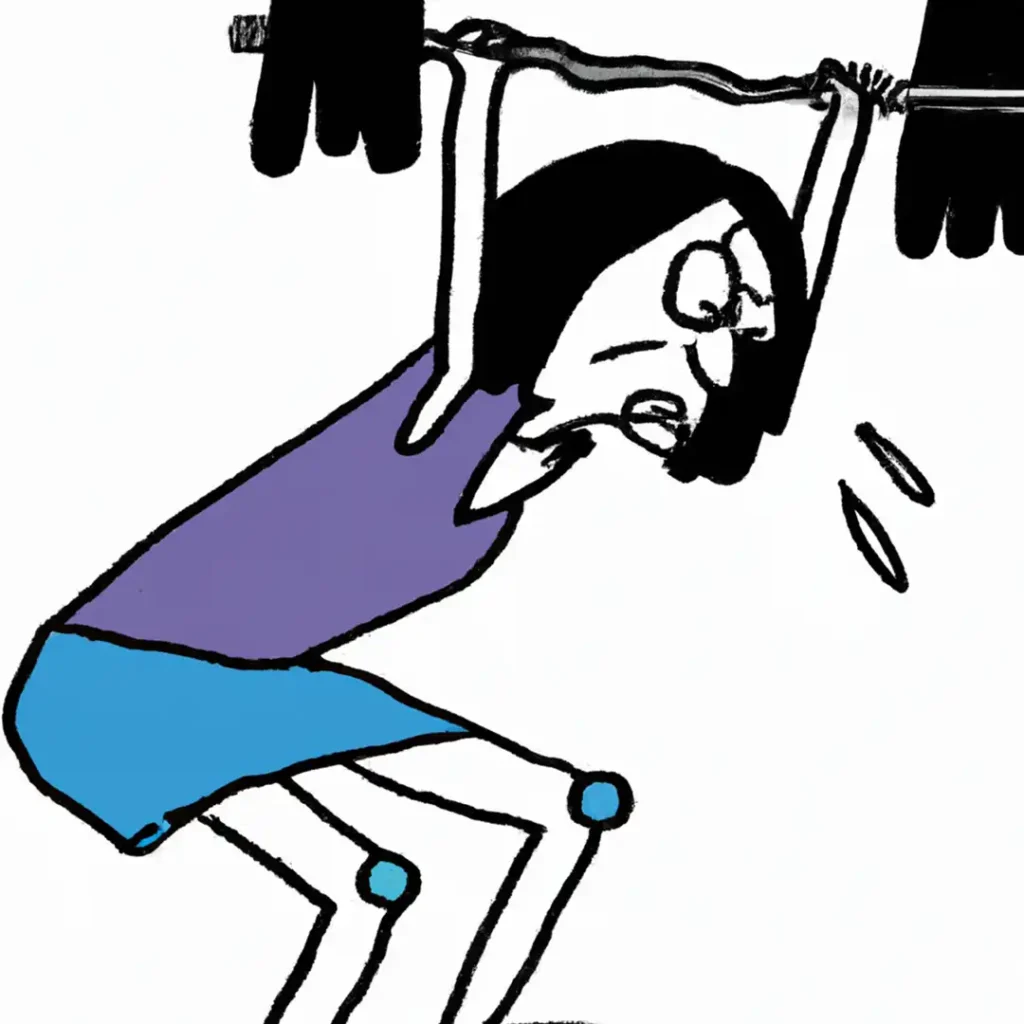
No one is perfect, and while it might seem counterintuitive, acknowledging our imperfections can be our greatest asset, especially in the world of education. Understanding our weaknesses isn’t about dwelling on them; it’s about growth, adaptability, and ongoing professional development. It is the foundation of what makes personal experience. Recognizing weaknesses and striving for improvement is what makes an outstanding teacher.
The Value of Acknowledging Areas of Improvement
Growth Mindset: Recognizing our weaknesses fosters a growth mindset. By admitting we have areas to work on, we set ourselves on a path of continuous learning and improvement.
Building Trust: When we’re transparent about our weaknesses, it can foster trust among our colleagues, superiors, and even our students. It shows humility and a commitment to personal development.
Creating a Supportive Environment: When we’re open about our areas of improvement, it can encourage others to do the same, fostering an environment of mutual support and collaboration.
Best Way to Transform Weaknesses into Opportunities
Seek Feedback: Regularly ask for feedback from colleagues, mentors, or even students. This can provide insights into areas of improvement and potential strategies to enhance those areas.
Professional Development: Attend workshops, seminars, and courses that address your areas of weakness. Education is an ever-evolving field, and there’s always something new to learn.
Collaborate: Team up with colleagues who possess strengths in your areas of weakness. This mutual learning can be immensely beneficial.
Self-Reflection: Dedicate time to introspection. Understand the root of your weaknesses and strategize ways to address them.
Examples of Common Teacher Weaknesses and How to Frame Them
Overcommitment: While it showcases your dedication, overcommitting can lead to burnout. Frame it as: “I’m deeply committed to my students and often find myself going above and beyond. I’m learning the importance of balance to ensure sustainability in my teaching.”
Reluctance to Delegate: This might indicate your passion for responsibility, but delegating is key to teamwork. Frame it as: “I sometimes take on too much because I care deeply about the outcomes. I’m actively working on trusting my colleagues and delegating tasks for better team synergy.”
Struggling with New Technology: In our digital age, this is common. Frame it as: “I sometimes find it challenging to adapt to the latest tech tools, but I’m dedicated to continuous learning and often enroll in courses or workshops to enhance my digital proficiency.”
Impatience with Administration: This can showcase your eagerness to prioritize student needs. Frame it as: “I’m deeply passionate about my students’ needs and sometimes get impatient with administrative hurdles. However, I understand their importance and am working on improving my communication and understanding of administrative processes.”
Remember, every weakness carries the seed of opportunity. The key lies in acknowledging it, addressing it, and constantly working towards transforming it into a strength. As educators, we’re not just teaching our students academic lessons, but also life lessons. Embracing our imperfections is one such invaluable lesson.
Tips for Highlighting Strengths in a Teaching Interview
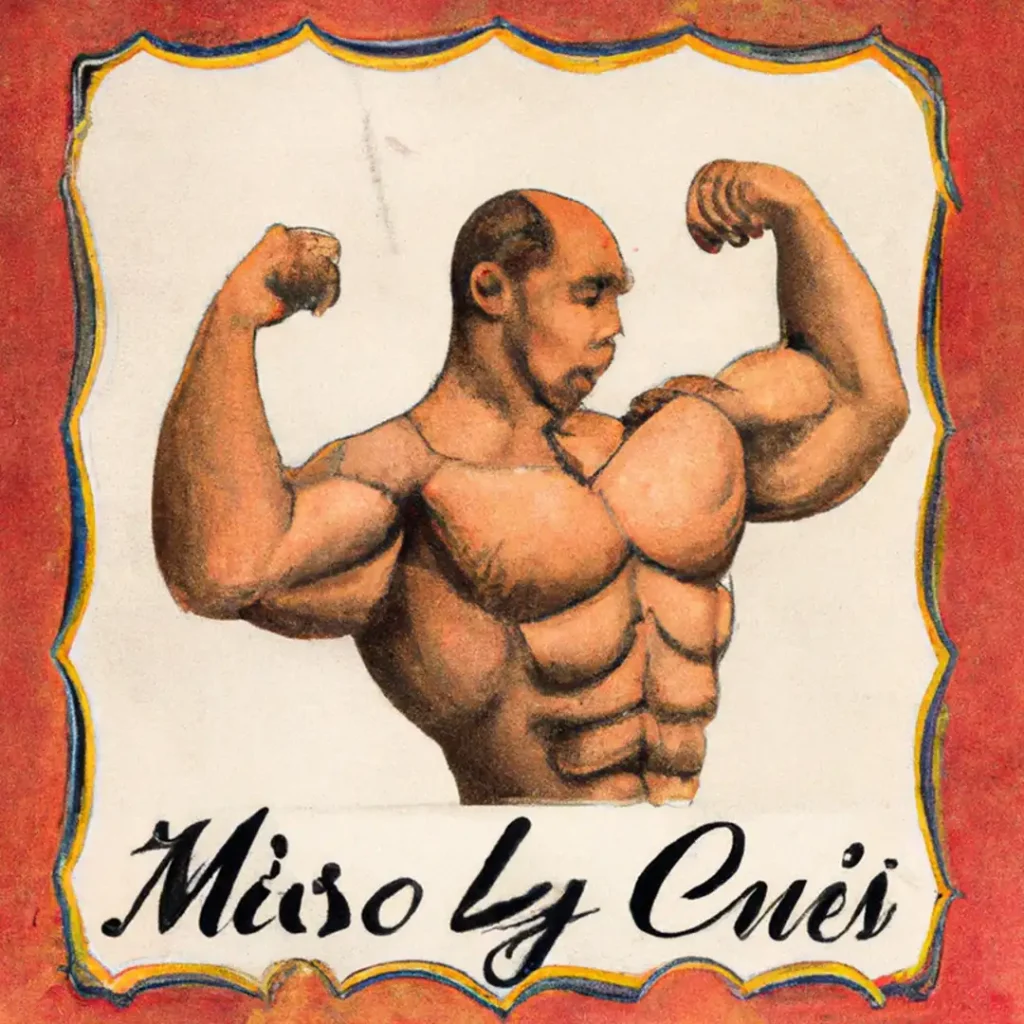
Your strengths are not just statements on a resume; they reflect your experiences, achievements, and potential contributions to the educational community. Presenting specific examples effectively during an interview can make all the difference. Here’s how you can best showcase those strengths.
Preparing Specific Anecdotes and Examples
Storytelling is Powerful: Instead of just stating that you’re adaptable, share a story. Perhaps there was a time you modified a lesson plan on the spot due to unforeseen circumstances, and it turned into one of the most memorable classes.
Use the STAR Method: When presenting examples, consider the STAR method – Situation, Task, Action, Result. Describe the situation you were in, the task at hand, the actions you took, and the results of those actions. It provides a clear and concise structure to your anecdotes.
Diversify Your Examples: Provide several subject areas of your teaching experience. Showcase a range of instances – from work ethic to classroom and time management to parent-teacher interactions, curriculum development to extracurricular involvement.
Matching Your Strengths to the Specific Needs of the School or District
Research is Key: Before the interview, research the school or district’s mission, values, biggest challenges, and achievements. Is the school emphasizing STEM? Do they pride themselves on their arts program? Knowing these can help you tailor your strengths to their specific needs.
Listen Actively: During the interview, pay close attention to what the interviewer emphasizes or repeats. This could give you hints about what they value most, allowing you to align your strengths accordingly.
Position Yourself as a Solution: If, during your research or the interview, you identify specific challenges the school or district is facing, present your strengths as potential solutions. For instance, if a school is looking to improve its literacy rates, and you have a track record of innovative reading programs, highlight that strength.
Ask Questions: At the end of most interviews, you’ll likely have the opportunity to ask questions. Use this time wisely. Ask about the school’s goals, challenges, or values, and then subtly weave in how your strengths align with those areas.
Your strengths are your unique selling points, your tools of the trade. In the realm of teaching, where every educator is driven by the noble goal of molding minds, your strengths help you stand out. They showcase not just what you bring to a school or district, but how your presence can elevate the entire educational experience for students. Prepare, practice, and present with confidence!
Best Practices for Discussing Teacher Weaknesses in an Interview
Discussing weaknesses in an interview can feel like you’re walking on a tightrope. Tilt too far one way, and you might come across as lacking confidence. Lean too much the other way, and you risk appearing insincere. So, how can you strike the right balance? Here are some best practices to guide you.
Being Genuine Without Underselling Yourself
Honesty is the Best Policy: Interviewers can often tell when candidates are being disingenuous. Instead of stating a strength disguised as a weakness (e.g., “I’m too much of a perfectionist”), choose a genuine area of improvement that you’ve identified in your teaching career. State that you are working on improvement, to become a better teacher.
Balance is Key: While being honest about your weaknesses, it’s essential to avoid painting yourself in a negative light. Mention the weakness, but also emphasize what you’re doing to address it or how it’s led to growth in other areas.
Reframe the Narrative: Approach weaknesses as learning experiences. For instance, “I realized I was not as tech-savvy as I’d like when we switched to remote learning. However, this pushed me to take online courses and seek help from colleagues. Now, I’ve incorporated more digital tools into my lessons than ever before.”
Showing a Proactive Approach to Improvement
Highlight Ongoing Efforts: When discussing a weakness, always mention the steps you’re taking to overcome it. This not only shows self-awareness but also a commitment to growth and improvement.
Discuss Feedback: If you’ve received feedback from peers, mentors, or supervisors about a particular area and have taken steps based on that feedback, share this. It demonstrates your ability to take constructive criticism and act upon it.
Share Success Stories: If there’s a weakness you’ve significantly improved upon over time, discuss the journey. It can be a testament to your dedication and ability to evolve as an educator.
Ask for Resources: Show that you’re eager to grow by inquiring about opportunities for professional development in the school or district. For example, “I’ve noticed that I could benefit from more strategies in differentiated instruction. Does the school offer workshops or training in this area?”
Remember, every effective teacher, no matter how seasoned, has areas for improvement. An interview isn’t just about showcasing your strengths but also demonstrating your character, resilience, and commitment to growth. When approached correctly, discussing weaknesses can actually be a strength in and of itself, painting a picture of an educator dedicated to lifelong learning and betterment.
General Interview Tips for Success
Beyond the nuances of discussing strengths and weaknesses, the overall impression you make in an interview is pivotal. It’s not just about what you say, but how you say it, how you present yourself, and the energy you bring into the room. Here’s a holistic look at ensuring you nail that teacher interview.
Body Language
Maintain Eye Contact: It shows confidence and demonstrates that you’re actively listening and engaged in the conversation.
Firm Handshake: A firm (but not too tight) handshake can set the tone for the interview, signifying both confidence and professionalism.
Good Posture: Sit up straight. It not only portrays confidence but also signals attentiveness and interest.
Avoid Fidgeting: Playing with your hair, tapping your feet, or frequently adjusting your clothing can be distracting. It might also signal nervousness.
Attire
Dress Professionally: Even if the school environment is casual, it’s always better to be slightly overdressed than underdressed for an interview. Opt for professional attire that makes you feel confident and comfortable.
Avoid Overly Bright or Distracting Colors/Patterns: While you want your personality to shine, overly vibrant clothing might be a distraction. Neutral tones are typically a safe bet.
Pay Attention to Details: Ensure your clothes are neat, ironed, and clean. These small details can make a significant difference in the impression you make.
Research
Know the School/District: Familiarize yourself with the school or district’s mission statement, values, achievements, and even challenges. This will allow you to tailor your responses and showcase how you’d be a good fit.
Understand the Demographics: Being aware of the student population, their backgrounds, and the community can give you insights into potential classroom scenarios and the school’s culture.
Recent News: Check if the school or district has been in the news recently, whether for awards, programs, or even controversies. Being informed shows initiative and genuine interest.
Importance of Asking Questions and Showing Enthusiasm
Prepare Questions: At the end of the interview, you’ll likely have the chance to ask questions. This is your opportunity to clarify any uncertainties, delve deeper into the school’s culture, and show your genuine interest in the teaching position.
Be Genuine: Authentic enthusiasm is palpable. If you’re genuinely excited about the prospect of joining the school or district, let it show in your tone, expressions, and words.
Thank Them: Always end the interview by expressing gratitude for the opportunity to interview and for their time. Showing them your positive attitude leaves a good, lasting impression.
Ultimately, an interview is a two-way street. While you’re being evaluated for your fit within the school or district, it’s also an opportunity for you to gauge if the environment aligns with your values and goals as an educator. Approach it with preparation, confidence, and authenticity, and you’re bound to leave a memorable impression.
Commonly Asked Teacher Job Interview Questions and Sample Answers
1. Why did you decide to become a teacher?
Answer: I believe education is transformative. From a young age, I was inspired by the best teachers who made a difference in my life, and I wanted to have that same impact on future generations. Teaching isn’t just a job; it’s a calling to inspire, challenge, and nurture young minds.
2. How do you handle classroom management?
Answer: Classroom management is crucial for effective learning. I believe in establishing clear expectations from day one and reinforcing them consistently. It’s also essential to build a positive relationship with students, understanding their individual needs and motivations. Using proactive strategies, like engaging lesson plans and positive reinforcement, helps prevent many issues before they arise.
3. How do you differentiate instruction for diverse learners?
Answer: Differentiation is key to ensuring every student has the opportunity to succeed. I always start by assessing students’ current knowledge and skills. Based on this, I use varied teaching methods, materials, and assessments to meet the unique needs of each student. This might involve group work, one-on-one sessions, or utilizing technology to offer tailored resources. By addressing their needs, students can work on the specific skills that they need to improve.
4. Describe a challenging situation you’ve faced with a student and how you handled it.
Answer: Last year, I had a student who consistently disrupted the class. Instead of reprimanding him in front of his peers, I spoke with him privately, trying to understand the root cause. I learned he was struggling with personal issues at home. Together, we developed a behavior plan, and I connected him with our school counselor. Over time, his behavior improved significantly.
5. How do you incorporate technology into your lessons?
Answer: Technology is a powerful tool for enhancing learning. I’ve integrated various tools, like interactive quizzes, educational apps, and virtual reality, to make lessons engaging and relevant. For instance, using platforms like Kahoot! or Quizlet allows for interactive reviews, while tools like Google Classroom help manage assignments and foster collaboration.
6. How do you handle feedback or criticism?
Answer: I view feedback, whether positive or constructive, as an opportunity for growth. Teaching is a continuous learning journey, and I always welcome insights that can help me enhance my methods. I take the time to reflect on the feedback, and if it’s actionable, I integrate it into my teaching style.
7. What methods do you use to assess student understanding?
Answer: Assessments go beyond just tests and quizzes. I use a combination of formative and summative assessments, including class discussions, projects, portfolios, and self-assessments. This holistic approach helps me gauge not just what students know, but how they apply and relate to the knowledge.
8. How do you stay current with the latest teaching methods and educational research?
Answer: I’m committed to a lifelong learning process. I attend workshops, webinars, and conferences regularly. Additionally, I’m part of several professional teaching networks and forums where educators share resources and professional goals. I also dedicate time to reading journals and books on contemporary educational trends, which inform my teaching approach and lesson plans.
9. How do you foster a positive learning environment?
Answer: A positive learning environment starts with mutual respect. I ensure every student feels valued, heard, and safe to express themselves. By fostering open communication, celebrating successes, and addressing challenges with empathy and understanding, I aim to create a classroom where the needs of the student are met.
10. What is your biggest weakness?
Answer: My greatest weakness is that I tend to be overly critical of myself. While this self-reflection often drives me to produce high-quality work and continuously improve, it can also lead me to spend excessive time on tasks, trying to make them “perfect.” I’ve recognized this tendency and am working on finding a balance between striving for excellence and accepting that sometimes, “good” is sufficient and allows me to allocate time more effectively across various responsibilities.
Here are more common interview questions and an in-depth look at answering them.
Conclusion
As we wrap up this guide on acing your teacher interview by effectively showcasing your strengths and addressing your weaknesses, let’s circle back to where we began: the importance of self-awareness.
Being self-aware isn’t just about understanding ourselves better; it’s about understanding how we fit into the larger picture – in classrooms, amongst colleagues, within the school’s culture, and in the broader educational ecosystem. By recognizing our strengths, we position ourselves to offer our best, and by acknowledging our weaknesses, we open doors to growth, collaboration, and continuous learning.
Moreover, self-awareness transcends the interview room. As educators, our journey is one of perpetual growth. Every day presents new challenges, new students, new dynamics, and new lessons. And in this ever-evolving journey, understanding ourselves becomes our compass, guiding us, helping us adapt, and ensuring we always move in the direction of betterment, both for ourselves and for our students.
Remember, teacher interview questions are as much about getting to know the schools and school districts as they are about the school getting to know you. It’s a mutual discovery process. So, walk into that room with confidence, not just in your skills and experiences, but in the unique perspective and passion you bring to the world of education.
Believe in yourself, in the countless hours you’ve dedicated to your craft, in the challenges you’ve overcome, and in the successes you’ve celebrated. Every good teacher has a unique story, a distinct journey, and a personal touch that they bring into their classrooms. Yours is just as valuable and impactful.
So, take a deep breath, trust in your journey, and remember that every question, every discussion point is simply an opportunity to share your passion for teaching. You’ve got this, and here’s wishing you all the best in your upcoming interview. The world of education awaits your unique touch!
